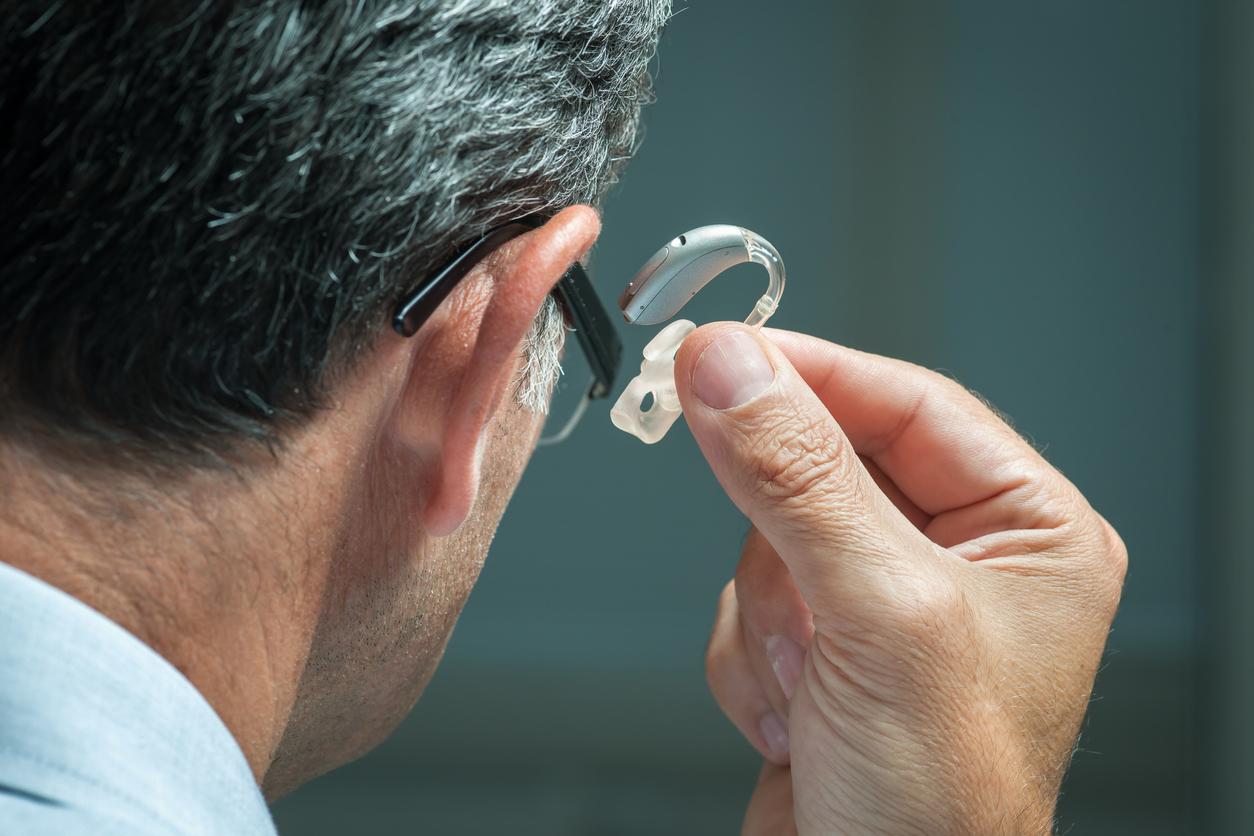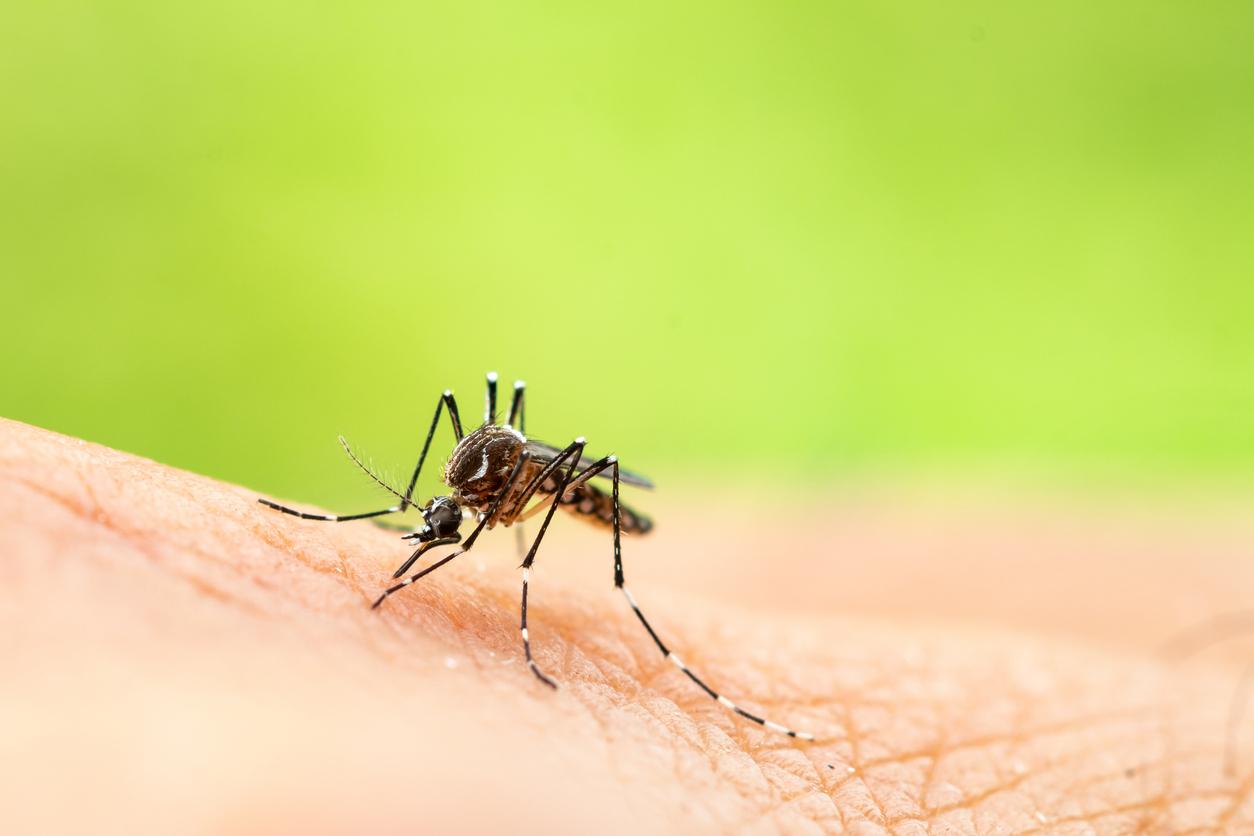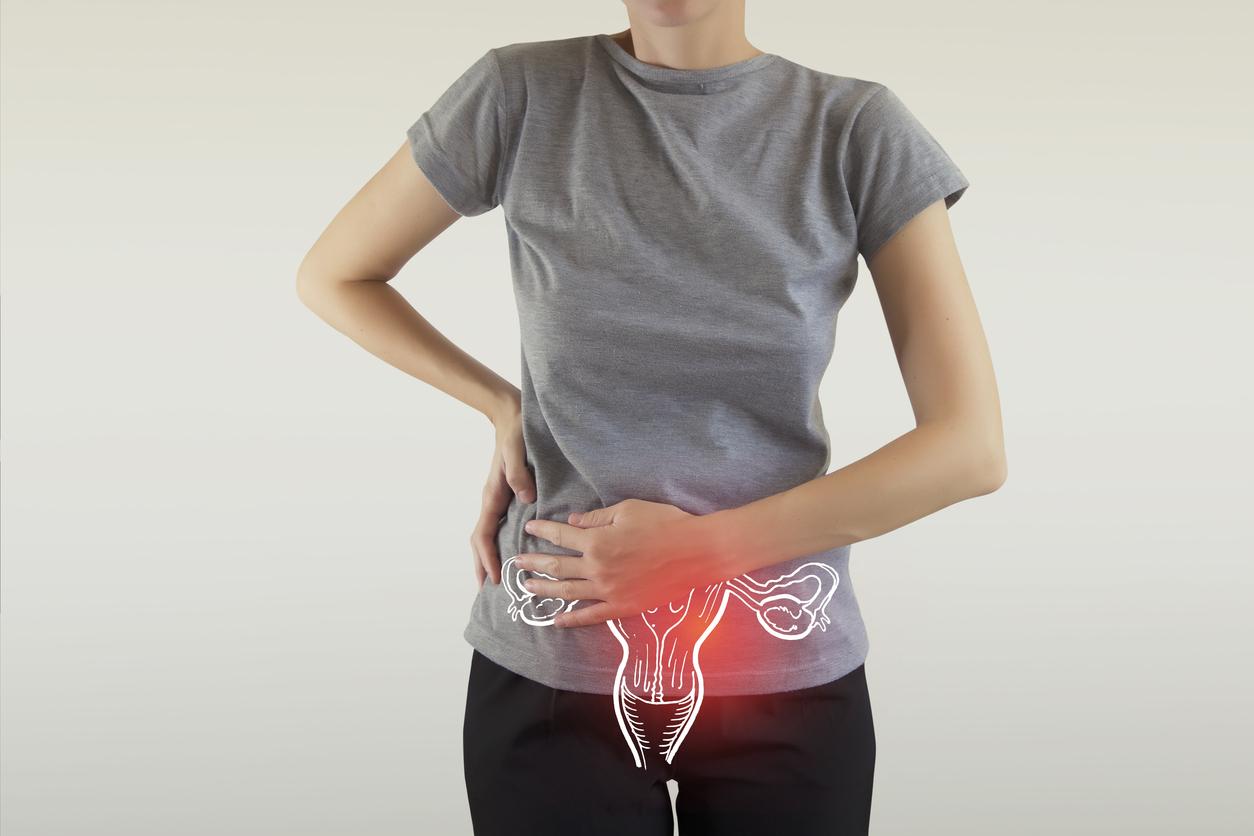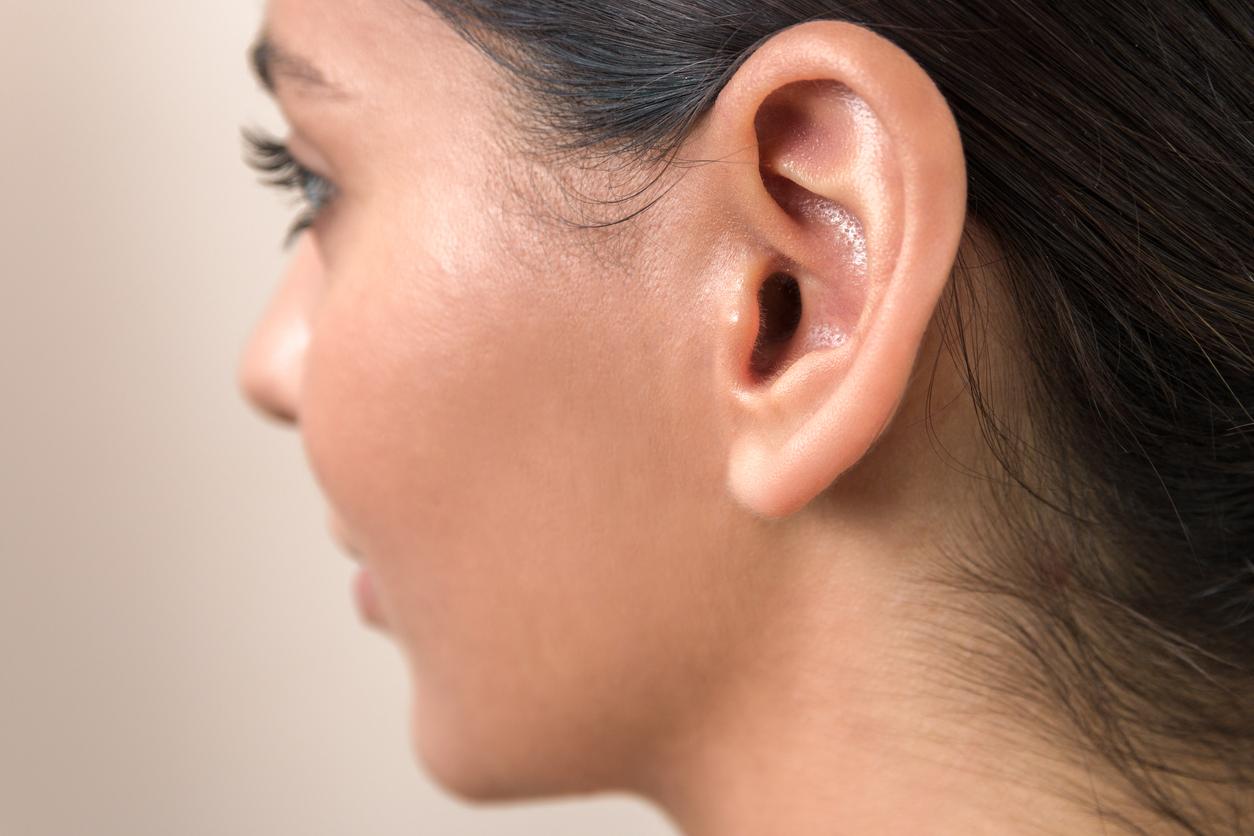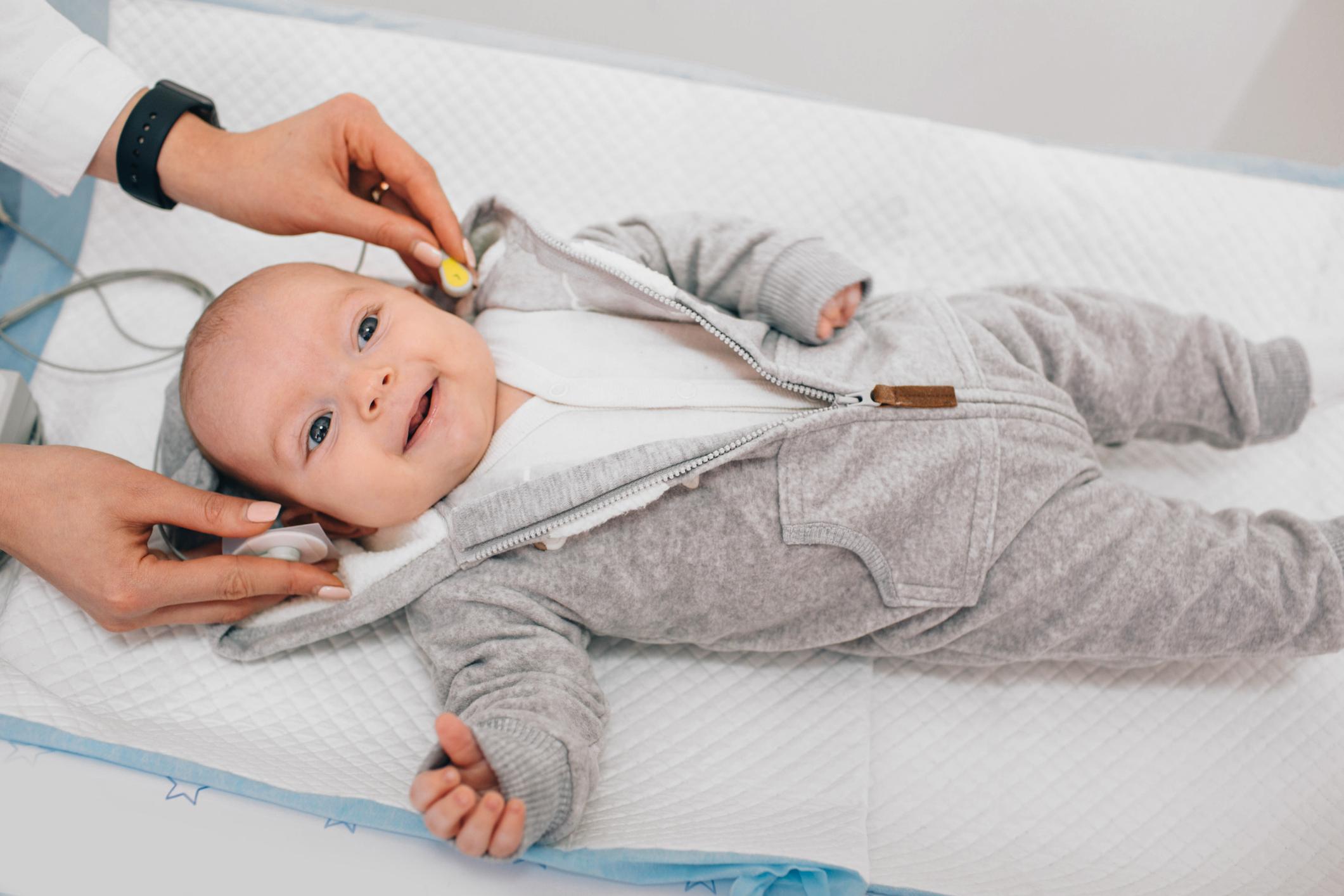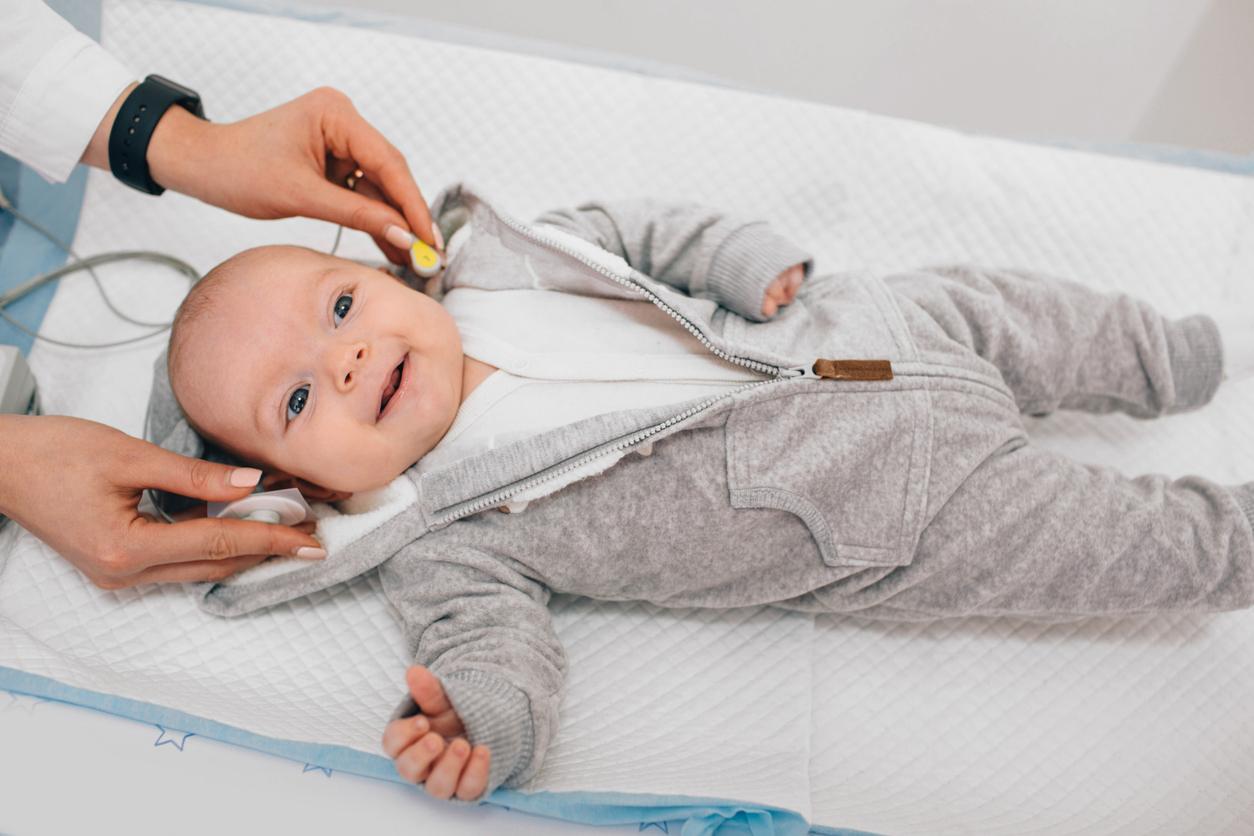The prevalence of noise-related deafness is increasing. Moreover, the World Health Organization (WHO) predicts that in 2030, one billion people will be at risk of hearing loss by overexposure to noise. Researchers from the Institut Pasteur, Inserm, the Collège de France and the Pierre et Marie Curie University, in close collaboration with researchers from the University of Auvergne, have therefore looked into the mechanisms linked to this type of deafness. And they found out that it could be due to genetic damage.
In 2006, Christine Petit’s team (from the Genetics and Physiology of Hearing Unit at the Institut Pasteur) identified a new gene responsible for early sensorineural deafness. The protein encoded by this gene was then called “pejvakine” (“echo” in Persian). Audiometric tests performed in people with mutations in this gene have since revealed an unusual diversity of hearing impairments.
An alteration in the gene that causes mild to profound hearing loss
The researchers thus studied young mice whose pejvakin gene was inactivated. Their observations revealed hearing impairments ranging from mild to profound deafness. They then looked into the physiological causes of this phenomenon and observed that in the absence of pejvakine, the auditory sensory cells of the young mice deteriorated as soon as they were exposed to sounds, even innocuous ones, and that if this exposure to sound was prolonged, the cells died. More precisely, they identified within the sensory cells, the small element sensitive to noise (the peroxisome).
Ineffective prostheses for this type of deafness
“In other words, we discovered that genetic damage could be the cause of hearing loss triggered by even low sounds”, explains Christine Petit. “Our results indicate that in people who experience noise-related deafness, hearing aids should not only be ineffective but arguably noxious “.
Researchers will now explore avenues to repair the action of pejvakin, in particular by gene therapyby preserving the hearing of mice lacking pejvakin, even when they are overexposed to noise.
Read also :
Infographic: how do we hear?
Sudden deafness: how to react?
Deafness: musicians run four times the risk








